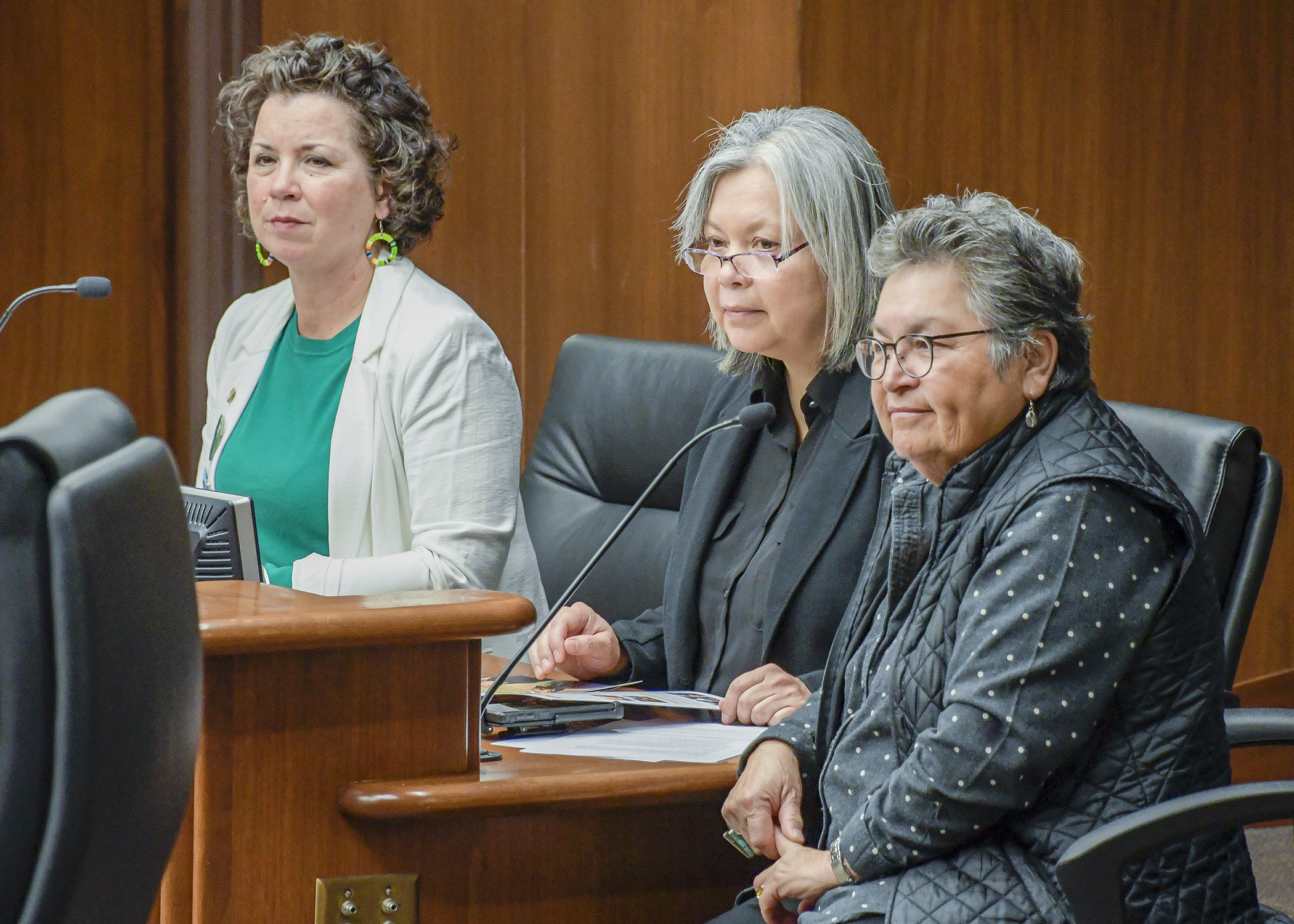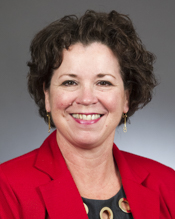New center could help Indigenous Peoples Task Force expand programming

The construction of the Mikwanedun Audisookon Center in the Phillips neighborhood of Minneapolis would allow the Indigenous Peoples Task Force to expand its programs and better support the Twin Cities’ urban Native American population, proponents say.
Funding could be on its way.
HF3140, sponsored by Rep. Mary Kunesh-Podein (DFL-New Brighton) would appropriate $2 million to complete the project.
It was approved Thursday by the House Jobs and Economic Development Finance Division and referred to the House Capital Investment Division. A companion, SF3477, is sponsored by Sen. Jeff Hayden (DFL-Mpls) and awaits action by the Senate Jobs and Economic Growth Finance and Policy Committee.
About $3 million has already been secured from non-state sources and construction could begin as soon the remaining funding becomes available, said Sharon Day, executive director of the task force.
Mikwanedun Audisookon means “remember our teachings,” said board member Susan Allen.
That is exactly what the task force is trying to help urban Native Americans do, promoting general welfare and health through traditional practices, the arts, entrepreneurial initiatives, and a wide range of prevention programs.
Some young people have been involved in the task force’s programming for a decade or more, getting engaged in their early teens and remaining engaged into their twenties.
“It is a place of healing and a place where youth are completely transformed,” Allen said. “It is something that is very much an integral part of the urban Indian community.”
Since 2008, the task force has operated out of a community center built as part of an accessible housing complex in the 1990s. The lobby and two handicap-accessible bathrooms were converted into offices and after-school programs are held in a church down the street, where the task force rents space.
A modern, purpose-built facility would centralize programming, allowing the task force to expand its work and develop new ways to support the community.
The design – based off feedback gathered in community meetings – would include a community café, teaching gardens, a commercial kitchen, a performing arts space, studio and workshop areas, and office space.
It would also take advantage of sustainable construction, including passive solar and compressed earth blocks produced on site by Native American youth as part of a vocational training program in green construction trades.
Related Articles
Search Session Daily
Advanced Search OptionsPriority Dailies
Ways and Means Committee OKs proposed $512 million supplemental budget on party-line vote
By Mike Cook Meeting more needs or fiscal irresponsibility is one way to sum up the differences among the two parties on a supplemental spending package a year after a $72 billion state budg...
Meeting more needs or fiscal irresponsibility is one way to sum up the differences among the two parties on a supplemental spending package a year after a $72 billion state budg...
Minnesota’s projected budget surplus balloons to $3.7 billion, but fiscal pressure still looms
By Rob Hubbard Just as Minnesota has experienced a warmer winter than usual, so has the state’s budget outlook warmed over the past few months.
On Thursday, Minnesota Management and Budget...
Just as Minnesota has experienced a warmer winter than usual, so has the state’s budget outlook warmed over the past few months.
On Thursday, Minnesota Management and Budget...
